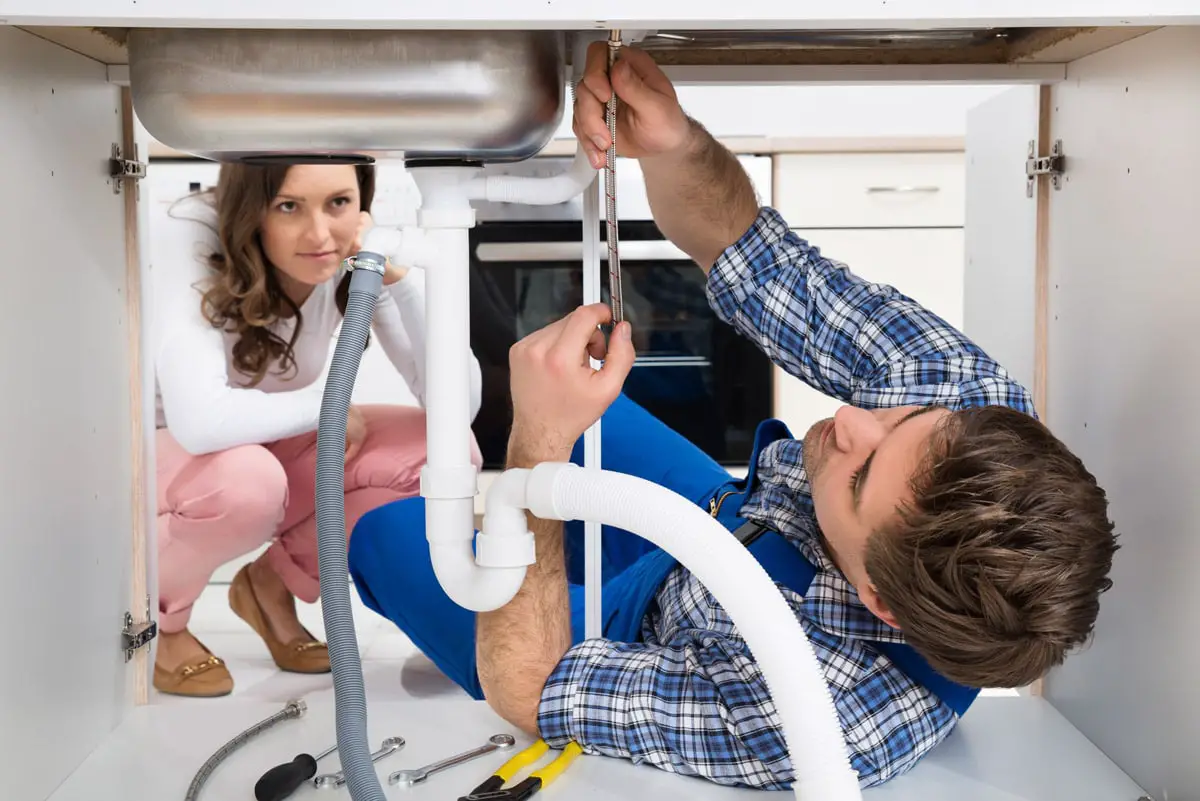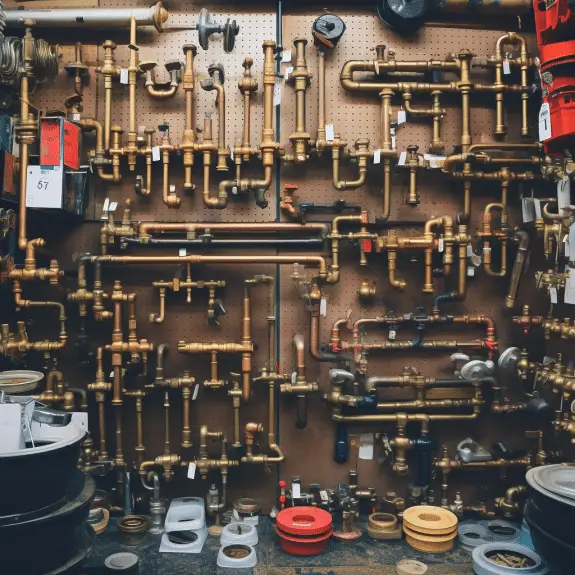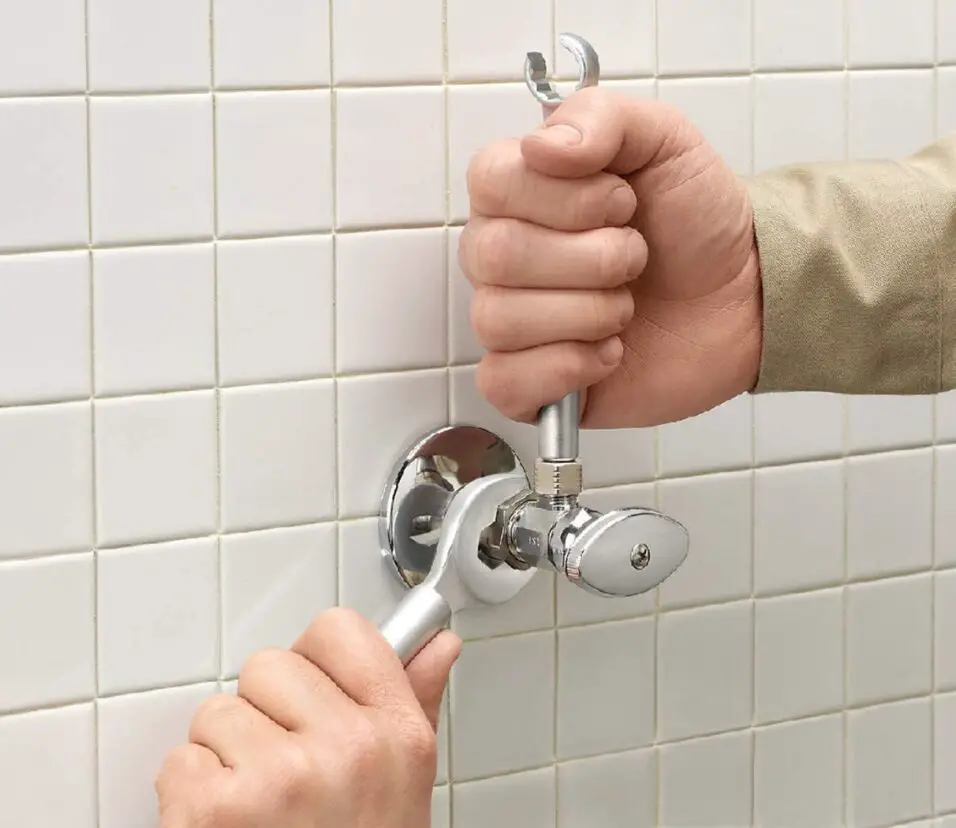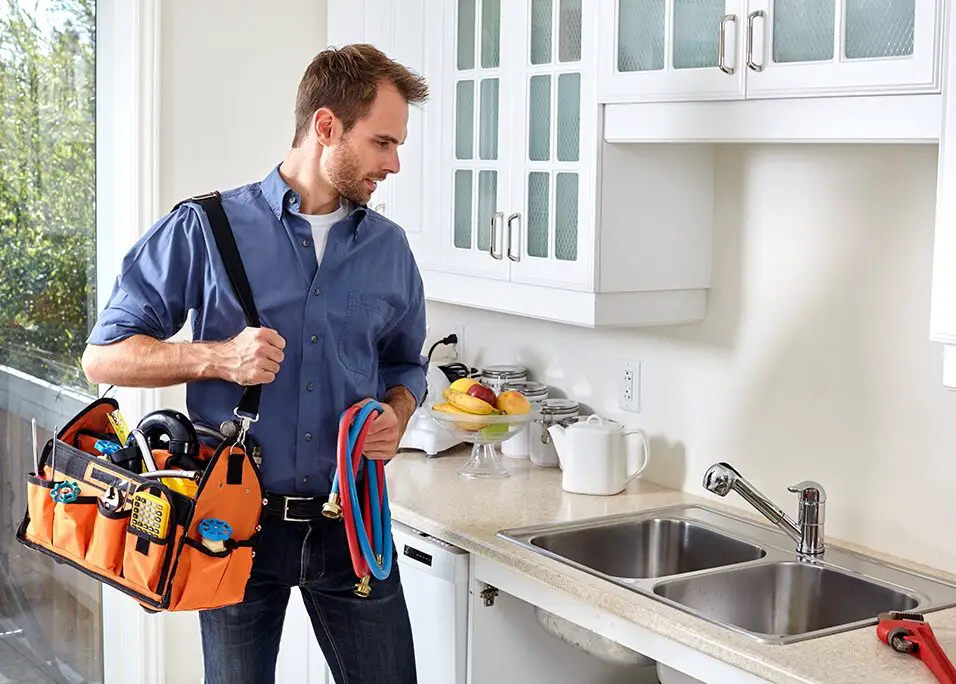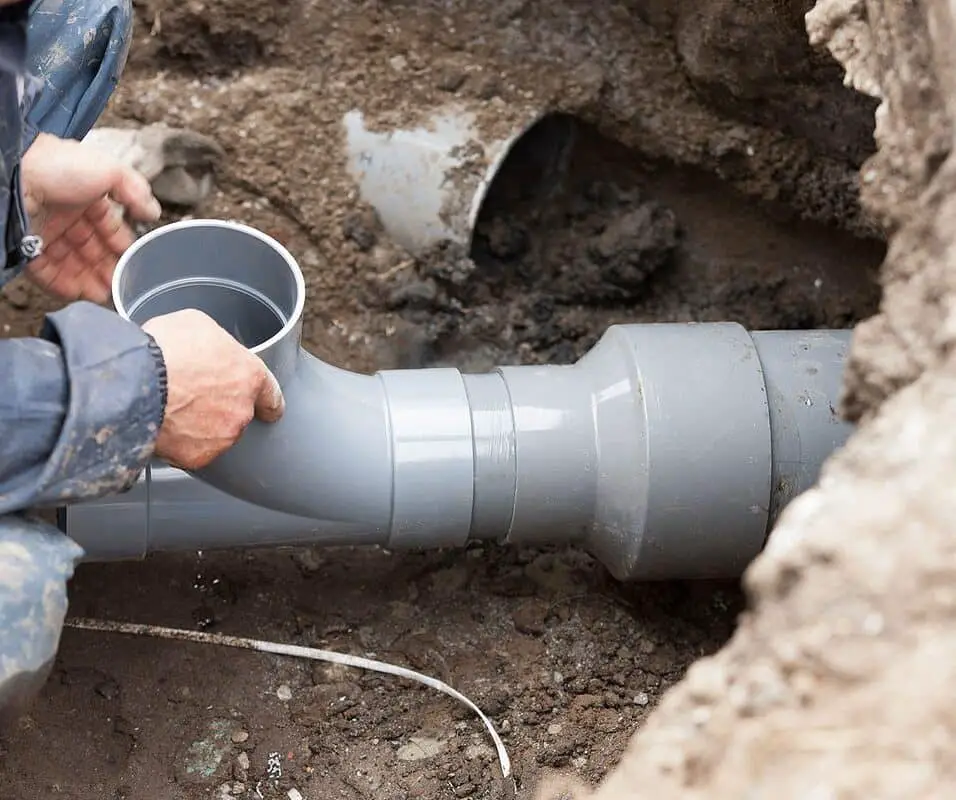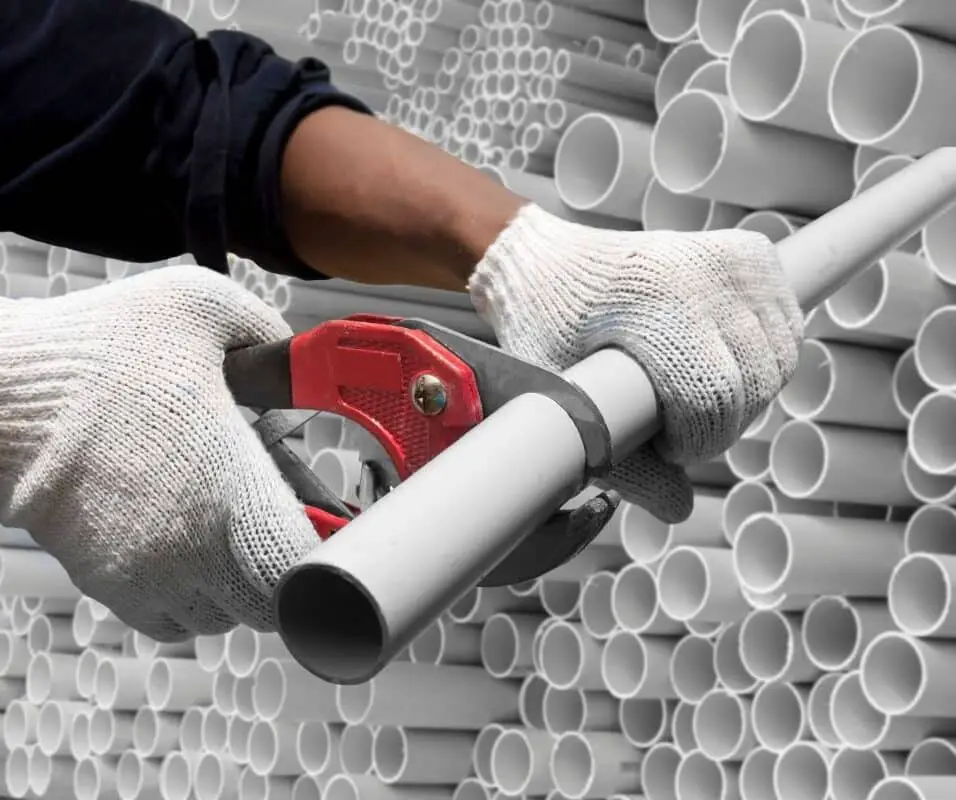How Much To Redo Plumbing In A House
Introduction
How Much To Redo Plumbing In A House: The plumbing system in your house, regular maintenance and occasional repairs are inevitable. However, there may come a time when the plumbing system in your house requires a complete overhaul or renovation. Whether you’re planning to remodel your home or facing extensive plumbing issues, understanding the cost involved in redoing the plumbing in a house is essential.
The cost of redoing plumbing in a house can vary significantly depending on several factors. Factors such as the size of the house, the complexity of the plumbing system, the materials used, and the extent of the renovation required all play a plumbing work crucial role in determining the overall cost. We’ll explore the different factors that influence the pricing, provide a general cost range, and highlight some considerations to keep in mind while undertaking such a project. It’s important to note that the cost estimates provided in this article are general guidelines and can vary depending on your location and specific circumstances.
The cost of redoing plumbing in a house can vary significantly depending on several factors. Factors such as the size of the house, the complexity of the plumbing system, the materials used, and the extent of the renovation required all play a crucial role in determining the overall cost. The size of the house is an important consideration as larger houses generally have more extensive plumbing systems, resulting in higher costs for materials and labor. Additionally, the complexity of the plumbing system, including the number of bathrooms, kitchens, and utility areas, can impact the overall cost. Houses with multiple stories or unique layouts may require additional work and customization, further increasing the expenses.
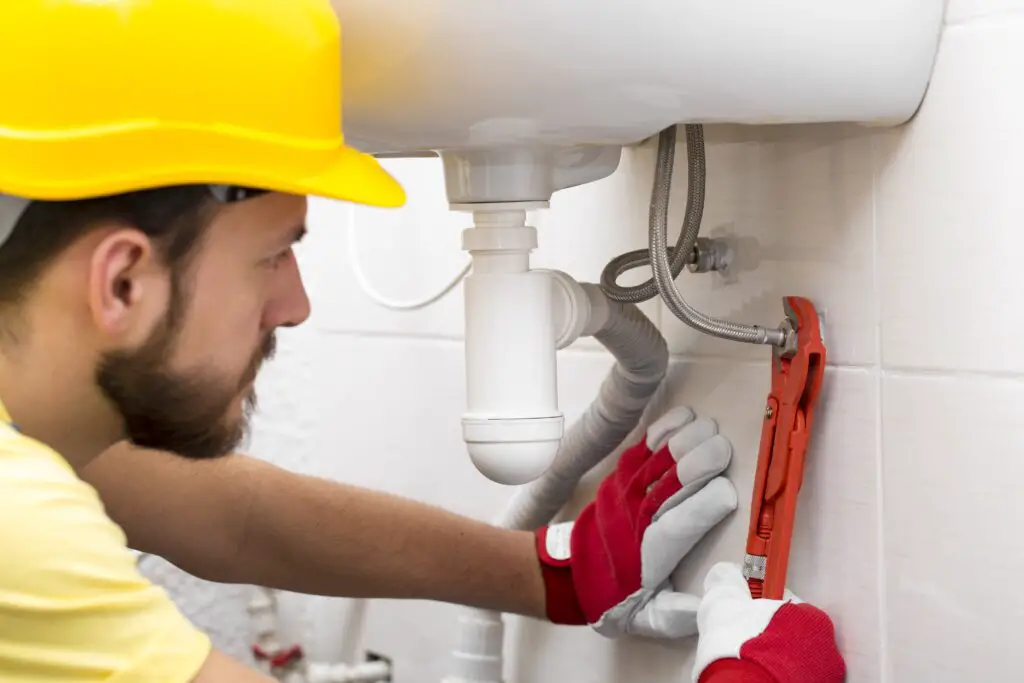
When should you repipe a house?
Pipe Corrosion: Assess the condition of your pipes by looking for corrosion damage and signs of rust. If either of these are clearly noticeable, then it is time to repipe your house.
Age of the Plumbing System: One of the primary considerations for repiping a house is the age of the existing plumbing system. If your house is several decades old and still has the original plumbing, it may be nearing or past its intended lifespan. Old pipes made of materials such as galvanized steel or cast iron are more prone to corrosion, leaks, and other issues. Repiping in such cases can prevent further deterioration and ensure a more reliable plumbing system.
Frequent and Costly Repairs: If you find yourself dealing with frequent plumbing repairs or facing significant repair costs, it may be a sign that your plumbing system is in need of replacement. Constant leaks, bursts, or other plumbing problems can indicate underlying issues with the pipes. Repiping the house can provide a long-term solution, saving you from the inconvenience and expense of recurring repairs.
Low Water Pressure: Reduced water pressure throughout the house can be a symptom of pipe corrosion, mineral buildup, or hidden leaks. If cleaning the aerators and fixtures doesn’t improve the water pressure, it could be an indication that the pipes themselves are in poor condition. Repiping can restore adequate water flow and improve the overall performance of your plumbing system.
Rusty or Discolored Water: If you notice rusty or discolored water coming out of your faucets, it may be due to corroded pipes. Corrosion can affect both the quality and taste of the water, posing potential health risks. Repiping eliminates the source of the rust and ensures clean and clear water throughout your home.
How long does it take to repipe a house?
Repiping can take anywhere from two or three days to a week, depending on the size of your home and the number of bathrooms. Your water service will be off during some of this time, so be sure to speak with your plumber about minimizing water disruptions.
Assessment and Planning:
Before the repiping project begins, it’s crucial to have a professional plumber or contractor assess the existing plumbing system and develop a comprehensive plan. This stage involves inspecting the pipes, identifying any issues or areas of concern, and creating a repiping strategy. The duration of this stage can range from a few hours to a couple of days, depending on the complexity of the plumbing system and the extent of the evaluation required.
Preparatory Work:
Once the assessment and planning stage is complete, preparatory work begins. This includes obtaining any necessary permits or approvals, ordering materials, and scheduling the project. The duration of this stage can vary depending on factors such as permit processing times and the availability of materials. It typically takes a few days to a couple of weeks to complete the necessary preparations.
Demolition and Pipe Removal:
The next step in the repiping process is the removal of the existing pipes. This involves cutting through walls, floors, and ceilings to access the plumbing system. The duration of this stage depends on the size of the house, the complexity of the plumbing layout, and the ease of access to the pipes. It can take anywhere from a few days to a few weeks to complete this stage, especially if there are challenges in reaching certain areas of the plumbing system.
Installation of New Pipes:
Once the old pipes have been removed, the installation of new pipes begins. This stage involves carefully fitting and connecting the new pipes throughout the house, including the main water line, supply lines, and drain lines.
How long does plumbing last?
The lifespan for the most common residential plumbing systems are: Brass: 40 to 70 years. Copper: 50 or more years. Galvanized steel: 20 to 50 years.
PEX (Cross-linked Polyethylene) Pipes: PEX pipes have gained popularity in recent years due to their flexibility and resistance to freezing. PEX pipes have an average lifespan of around 40 to 50 years. They are resistant to corrosion and offer better longevity compared to older materials like galvanized steel or polybutylene pipes.
Galvanized Steel Pipes: Galvanized steel pipes were commonly used in older homes. However, their average lifespan is typically between 20 to 50 years. Over time, galvanized steel pipes can corrode, leading to reduced water pressure, leaks, and other issues. If your house has galvanized steel pipes, it may be advisable to consider replacement if they are nearing or past their lifespan.
PVC (Polyvinyl Chloride) Pipes: PVC pipes are commonly used for drain, waste, and vent systems. They have an average lifespan of around 25 to 40 years. PVC pipes are resistant to corrosion, rust, and chemical degradation, making them a durable choice for drainage systems.
Cast Iron Pipes: Cast iron pipes were commonly used in older homes for drainage and sewer systems. The average lifespan of cast iron pipes is typically between 50 to 75 years. However, as they age, cast iron pipes are prone to corrosion and can develop leaks or blockages. Regular inspections and maintenance are crucial to ensure their longevity.
What type of plumbing lasts the longest?
Drainage pipes are often made of cast iron or polyvinyl chloride, or PVC. Cast iron will last anywhere from 75-100 years while PVC wins the award for longest-lasting pipe material with an indefinite lifespan.
Brass Pipes: Brass is another strong plumbing pipe material, especially for water supply lines. Brass pipes often last 50 years. Better than other materials, they resist corrosion and cracking. Outdoor plumbing uses brass pipes because they can withstand harsh conditions.
Cast Iron Pipes: Cast iron pipes have been used for sewers and drainage for decades. Cast iron pipes can survive 50–100 years due to their strength and endurance.. They are resistant to extreme temperatures, impact, and fire. However, regular inspections and maintenance are necessary to prevent issues such as corrosion, blockages, and leaks.
Stainless Steel Pipes: Stainless steel is highly resistant to corrosion, rust, and chemical degradation, making it a durable option for plumbing pipes. Stainless steel pipes have a long lifespan, often exceeding 50 years. They are commonly used in commercial and industrial applications due to their strength and resistance to extreme temperatures and pressure. However, stainless steel pipes can be more expensive than other materials, which may be a consideration for homeowners.
Plumbing materials can vary depending on various factors, such as water quality, maintenance practices, and usage habits. Regular inspections and proper maintenance are crucial to maximize the lifespan of any plumbing system, regardless of the material used.
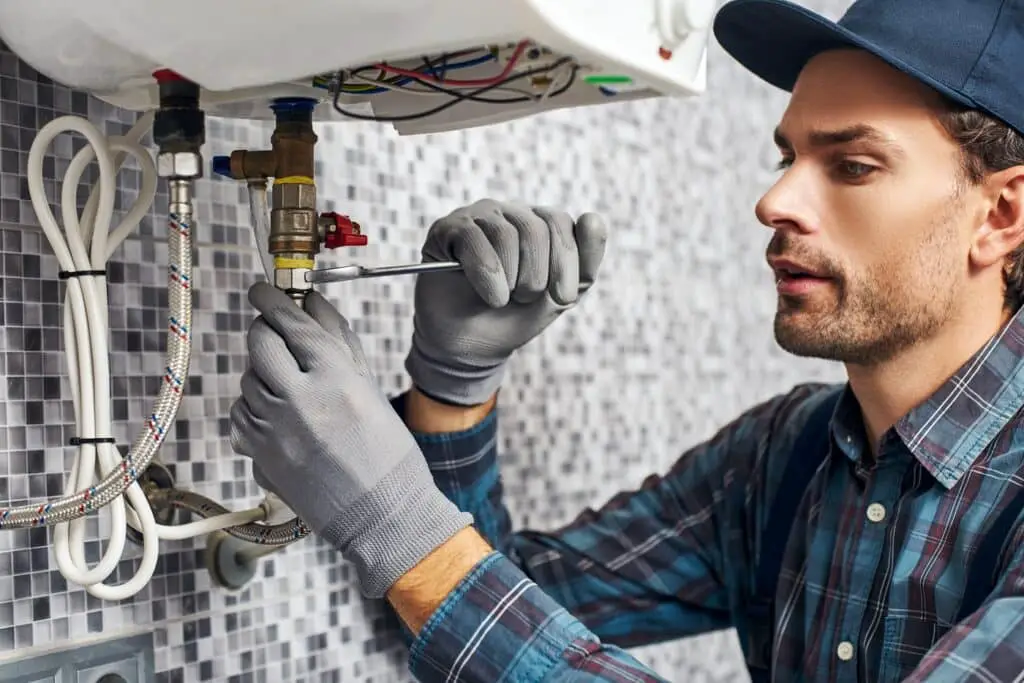
What is best to repipe a house?
Copper. Copper is the standard and the most prevalent piping material for home plumbing applications. Its strength, durability, flexibility, resistance to corrosion, and ability to tolerate heat makes it a perfect choice to replace iron and steel pipes.
PEX pipes have gained popularity in recent years for repiping projects. They are flexible, making them easier to install in complex or tight spaces. PEX pipes are resistant to corrosion, rust, and scaling. They are also less prone to bursting in freezing temperatures compared to rigid pipes. PEX is a cost-effective option, as it is generally less expensive than copper. The installation of PEX pipes can be faster and require fewer fittings, reducing labor costs.
PEX is compatible with various connection methods, including crimp, clamp, and push-fit, providing versatility during installation. However, PEX pipes may not be suitable for outdoor applications exposed to sunlight, as they can degrade over time when exposed to UV radiation. Additionally, some municipalities have specific regulations regarding the use of PEX pipes, so it’s important to check local building codes.
PVC and CPVC are utilized in drain and waste systems. Chemical leakage into water supply lines poses health risks, hence they are not recommended for them.
The ideal material to repipe your house depends on your budget, local construction codes, plumbing system complexity, and needs. To evaluate your condition, get competent assistance, and make an informed decision, consult a plumber.
How can I improve my plumbing in my house?
How to Upgrade Your Plumbing System for Efficiency and Comfort
- Replace your toilets. There are a few reasons to upgrade and replace the old toilets in your home.
- Upgrade your pipes.
- Install an efficient water heater.
- Upgrade your faucets.
- Consider features that add value.
Fix Leaks Promptly: Addressing leaks promptly is crucial to prevent water waste and potential damage to your property. Inspect your plumbing fixtures, pipes, and connections regularly for any signs of leaks or drips. Replace worn-out washers, seals, or valves, and consider using leak detection devices or smart water sensors to identify and address leaks early.
Upgrade Faucets and Fixtures: Installing efficient faucets and fixtures can help conserve water and improve functionality. Consider low-flow faucets, showerheads, and toilets that reduce water consumption without compromising performance. Additionally, upgrading to touchless or motion-sensor faucets can provide convenience and promote better hygiene.
Insulate Pipes: Insulating exposed pipes, especially those in unheated areas, can prevent freezing and reduce heat loss. Insulation sleeves or foam pipe wraps can be easily installed to protect pipes and improve energy efficiency. Proper insulation can also help maintain consistent water temperature and reduce the risk of pipe bursts.
Maintain Drainage Systems: Regular maintenance of drainage systems can prevent clogs and backups. Avoid disposing of grease, food scraps, hair, and other debris down drains. Use drain screens or strainers to catch solids, and periodically clean them out. Additionally, consider using enzyme-based drain cleaners to keep drains flowing smoothly.
Is PVC pipe the best for plumbing?
Polyvinyl Chloride Pipes (PVC) pipes won’t rust, corrode, or degrade over time, are excellent for sink, toilet, and bathtub drain lines or vent stacks, can readily handle high water pressure, and are inexpensive and easy to work with.
Durability and Corrosion Resistance: PVC pipes are highly durable and resistant to corrosion, rust, and chemical degradation. Unlike metal pipes, PVC is not susceptible to the effects of water chemistry or aggressive soil conditions. This durability ensures that PVC pipes maintain their structural integrity over time, minimizing the risk of leaks or pipe failures.
Lightweight and Easy Installation: PVC pipes are lightweight and relatively easy to install. They can be easily cut, joined, and connected using solvent cement or compression fittings. The lightweight nature of PVC pipes can reduce labor costs during installation and make them a suitable choice for DIY projects.
Chemical Resistance: PVC pipes have excellent chemical resistance, making them suitable for a wide range of plumbing applications. They are unaffected by common household chemicals and sewage, making them a reliable choice for drain and waste systems.
Noise Reduction: PVC pipes have inherent noise-reducing properties, dampening the sound of flowing water. This can be beneficial for maintaining a quieter environment in your home, particularly for pipes that are installed near living spaces or bedrooms.
What is the most common problem with plumbing?
The most common plumbing problems are clogged drains and toilets, leaky faucets and pipes, water heater issues, low water pressure, and a running toilet.
Dripping Faucets: A dripping faucet is a common plumbing issue that can waste a significant amount of water over time and increase your water bill. The cause is typically worn-out or faulty washers, O-rings, or valve seats. In most cases, replacing the faulty components can solve the problem and stop the dripping.
Clogged Drains: Sinks, showers, bathtubs, and toilets often have clogged drains.Hair, soap residue, food particles, grease, and grime cause them. Plungers and drain snakes remove small blockages. Problematic drains may require chemical cleansers or plumbers.
Running Toilets: A running toilet is a problem where water continuously flows into the toilet bowl after flushing. It can waste a significant amount of water and lead to higher water bills. Common causes include a faulty flapper valve, a malfunctioning fill valve, or a loose or worn-out flush handle. Adjusting or replacing these components can typically resolve the issue.
Leaking Pipes: Leaking pipes are a serious plumbing problem that can cause water damage, mold growth, and structural issues if left unaddressed. Leaks can occur due to pipe corrosion, high water pressure, freezing and thawing cycles, improper pipe installation, or damage from external factors. It’s important to detect and fix leaks promptly to prevent further damage.
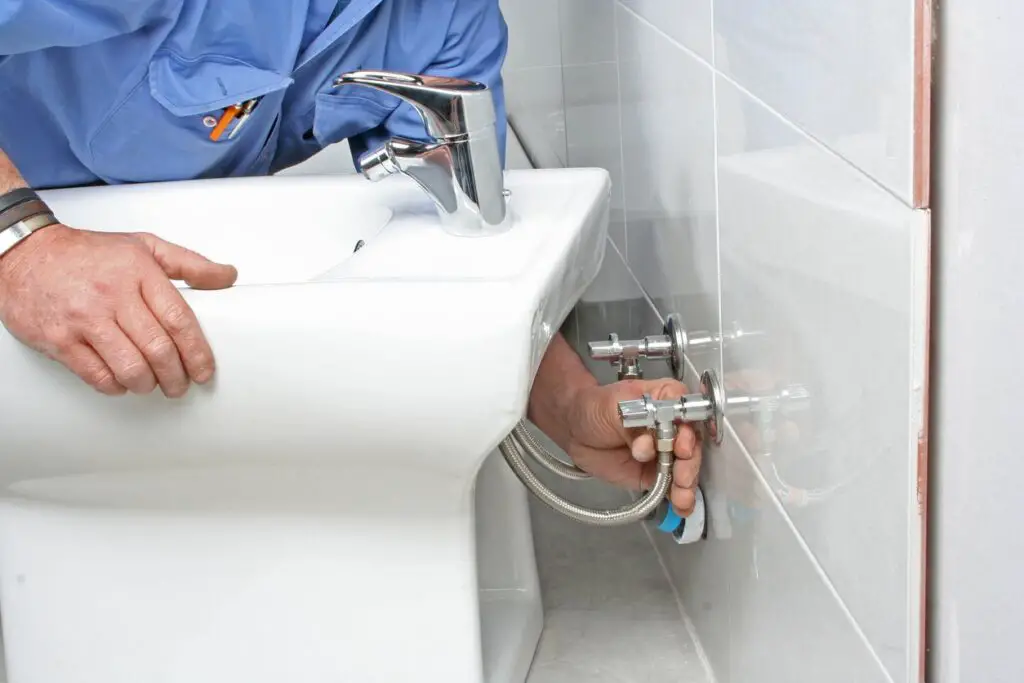
Conclusion
By understanding the factors that influence the cost and seeking estimates from professional plumbers and contractors, you can create a realistic budget and make informed decisions about the scope of your plumbing renovation. It is also important to prioritize the areas of the plumbing repair that require immediate attention and consider the long-term benefits of using high-quality materials and fixtures.
The importance of complying with local building codes and obtaining any necessary permits or inspections. These requirements can impact the overall cost and timeline of your project, but they are essential for ensuring the safety and legality of the plumbing work. The choice of pipe material significantly impacts the cost of redoing plumbing. Copper pipes are durable but expensive, while PEX pipes are a more affordable alternative. Consider the pros and cons of different pipe materials and consult with professionals to determine the most suitable option for your project.
Redoing the plumbing in a house is an investment in the comfort, efficiency, and value of your home. While it may involve a significant upfront cost, it can save you money in the long run by addressing underlying issues, improving energy efficiency, and preventing future plumbing problems. Labor expenses can vary based on the complexity of the project, location, and the experience of the plumbing professionals. Hiring licensed and reputable plumbers or contractors is crucial for quality workmanship and adherence to building codes, but it may come with a higher price tag.



